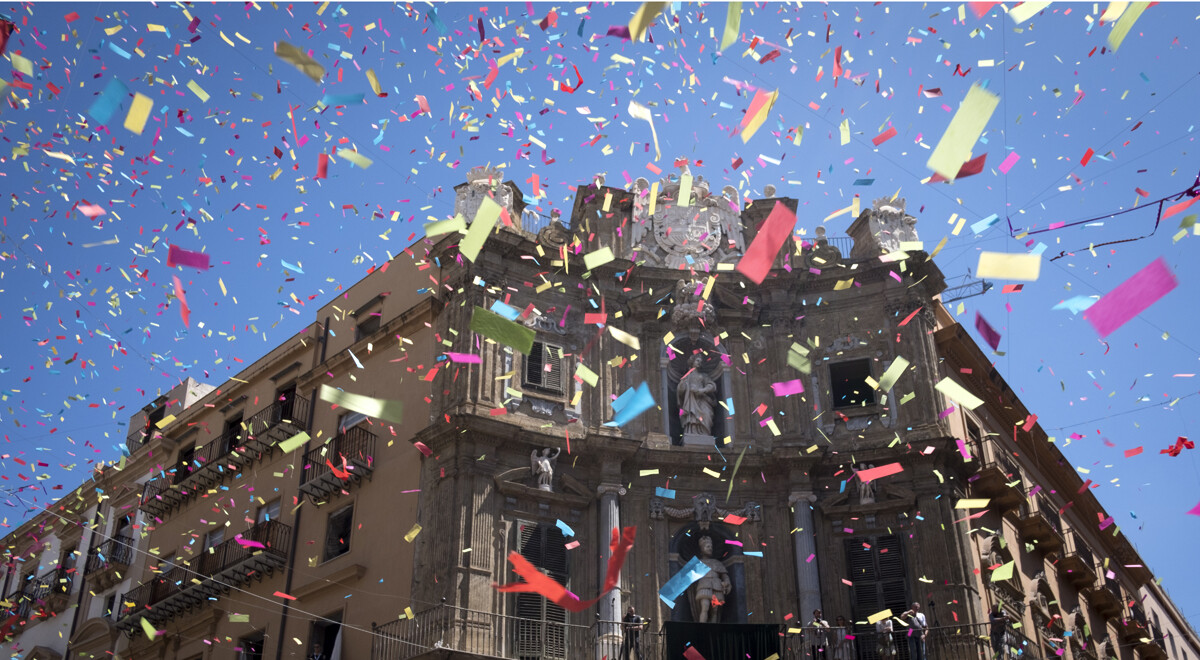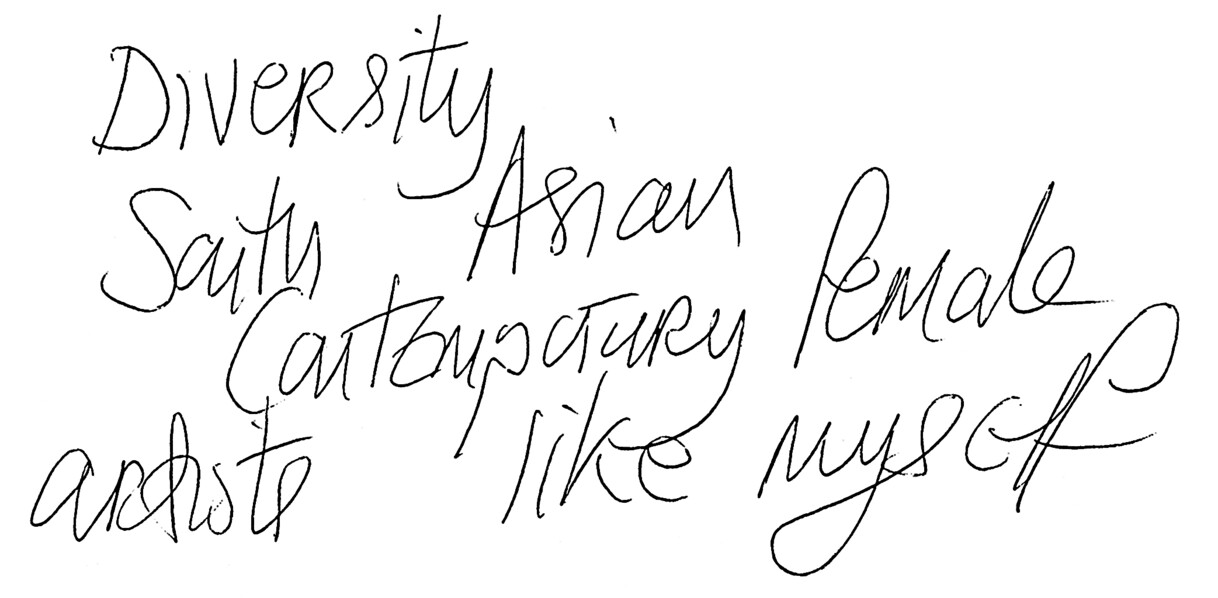Before Burlington Contemporary: A new art journal for the internet
by Martha Barratt • Introducing Burlington Contemporary
‘The modern malady is sameness’, wrote the Editor of The Burlington Magazine, Robert Dell in 1903; a malady for which art could ‘work wonders by levigating gross humours and reducing fatty accretions’.1 Here, in the magazine’s first ever editorial, Dell put at the centre of the new publication’s rationale the support of emerging artists who offered a challenge to the stifling ‘sameness’ of the British art world at the turn of the twentieth century. ‘We are right to rejoice that they [such artists] continue to elude our tyrant bourgeoisie’, Dell continues, and yet, ‘we are wrong to lapse into self-complacency because they can continue to exist in inaccessible caves and insignificant galleries’. The Magazine’s responsibility to the art of its time was to see frankly through the class-based matrix of the art establishment in order to bring the most interesting new work to the attention of a broader public.
In launching Burlington Contemporary, a free-access online platform for reviews and research, we hope to support both those artists who are making challenging and innovative work and the people who are writing about it, studying and looking at it. The start of such a venture provides an opportunity to take stock of the Magazine’s long engagement with the art of its time, consider the current needs of the discussion of contemporary art in academia and the public – and the barriers to it – and begin to think about how a new online space for art writing could help facilitate these ambitions.
Despite Dell’s ambitions, it is fair to say that the Magazine is not known for its coverage of the radical art of its time. And yet, in the Burlington’s early years Roger Fry published the first articles in English on Gauguin, Matisse and Picasso. Through the Second World War the editor Edith Hoffmann not only kept the Magazine coming out without interruption, but also rigorously defended Expressionist German art against Nazi claims that it was degenerate.2 Artists too have an important role in the Magazine’s history, from Maurice Denis’s ‘startling rhapsody on Cézanne’ in 1910,3 to contributions from artists such as Walter Sickert and Oskar Kokoschka, and more recently Howard Hodgkin, Bridget Riley and Richard Wentworth, among others.4
In recent years, the Magazine has continued to cover a broad range of books and exhibitions on contemporary art. Written by the most informed writers, these in-depth and critical reviews are indispensable to the Magazine, and will continue to appear in its pages. The new online platform allows us to cover a broader range of exhibitions, and to do so more quickly, meaning that those with shorter runs (at smaller or artist-run spaces, for example), as well as performances and events can be included. Most importantly, putting high-quality writing on art online ensures the widest possible audience for it, outside metropolitan centres and beyond the Northern hemisphere. With time, and as our audience grows, we hope to provide access through our reviews to global networks that are separate from mainstream museums and galleries, through which new voices might be heard.
In addition to reviews, Burlington Contemporary includes an online academic journal, which will be published twice a year; the first issue is scheduled for early 2019. Here we hope to combine the academic rigour of the Burlington (articles are submitted and subject to peer review) with an experimental, open approach to the subject. Recent art increasingly dominates academia, as more students choose to study it and faculties restructure themselves to teach it, and yet the academic discipline of contemporary art history is still nascent. From The Burlington Magazine, we are taking the philosophy that writing and research about art should start with engaged interaction with the art itself, that good writing in plain English should be encouraged and that authors should have a specialised interest or knowledge in the art they are discussing, be they artists, academics, art workers or writers from other disciplines. In order to facilitate this broader platform, we have the capacity to host digital or text works by artists, collaborative pieces, photo-essays and responses in video or sound.
Setting up Burlington Contemporary as a free-access online platform not only enables us to present a broader range of media, but it allows us to do it for free, to adapt our content and direction regularly and to serve a larger and more varied audience. The internet facilitates a new kind of engagement with the arts. The Museum of Modern Art, New York, for example, recorded 2,750,000 visitors in 2017,5 but currently has 3.8 million followers on Instagram: a global audience that has the potential to interact regularly with the museum. Social media networks, especially the image-led Instagram, are brilliant at promoting new voices in art, from the supreme @museummammy (217,000 followers), whose feed prioritises BAME artists and intersects with fashion and music, to the smart and chatty emoticon-studded reports of The White Pube, whose website is a breath of fresh air in the often stiflingly enclosed world of art criticism. The internet helps to make clear that the contemporary art world is not a unified community, but made up of hundreds of interconnected and conflicting networks.
As Dell stressed in 1903, informed, sustained criticism is the only way to ensure that the most interesting art is seen. This is especially important in this period we call the contemporary, its art a product of liquid modernity’s unending desire for the novel, an impossible urge to hold on to the present as the digital age splinters our understanding of time. Art can help us navigate this present, and it can provide innovation, protest, solace; it can incite action and present the possibility of different futures. But it can also be difficult, oblique, loaded with references inaccessible to most. Without comment or translation, such work can turn from challenging to exclusionary. It is not the responsibility of the artists to make easy work, but it is the responsibility of the critic, researcher and curator to help guide access, provoke responses or illuminate its value. A good piece of writing gives people the fuel, even the permission, to form their own opinions, and look hard at what’s around them.










